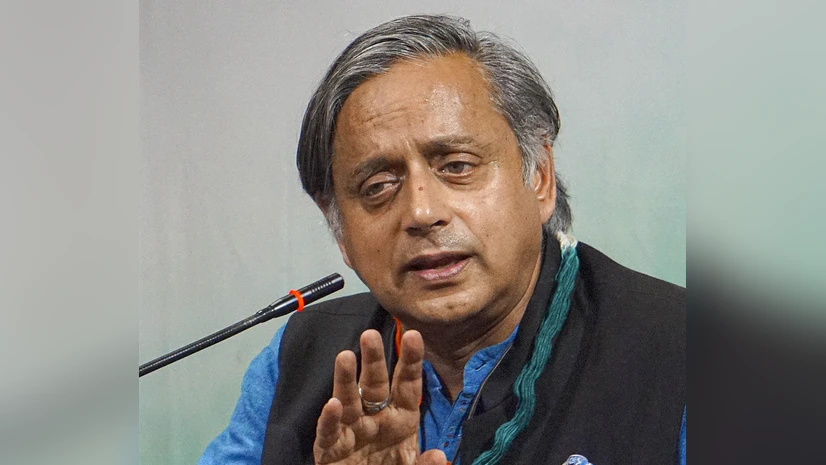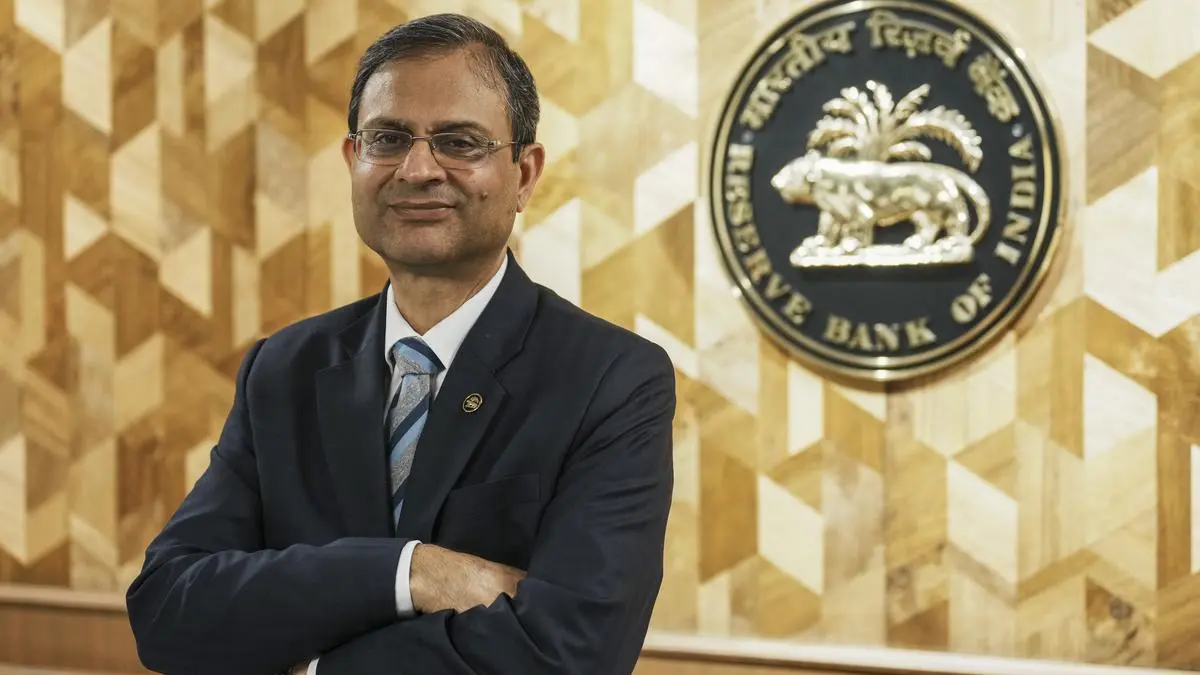Why in the News?
- Recent US policies under the Trump administration have targeted India through tariffs, visa restrictions, and sanctions, directly affecting India’s economic and strategic interests.
- Despite being highly influential, the Indian-American diaspora’s muted response to these measures has raised questions about its role, identity, and responsibility in defending India’s interests.
Key Highlights
- Indian-American Success Story
- Indian-Americans are among the most prosperous and influential immigrant groups in the US.
- Highest median household income among all ethnic groups.
- CEOs of top Fortune 500 companies, six members of Congress, two former governors.
- Indian-Americans are among the most prosperous and influential immigrant groups in the US.
- Senior officials in agencies like the Centers for Disease Control and Prevention (CDC) and Federal Bureau of Investigation (FBI).
- Widely celebrated as a model of integration and achievement, often hailed as ambassadors of India’s success abroad.
- Policy Assaults on India under Trump Administration
- 50% tariffs on Indian goods, hurting exports.
- $100,000 fee on H-1B visas, of which Indians receive 70%.
- Sanctions on Chabahar port project, affecting India’s strategic connectivity.
- Restrictions on student visas and tightened immigration pathways.
- Despite these punitive actions, diaspora response has been largely silent or muted.
- Why Does the Diaspora Remain Silent?
- Dual belonging dilemma: balancing American assimilation with Indian cultural pride, fearing suspicion about “loyalties.”
- Rising anti-immigrant sentiment: fear of hate crimes and marginalisation discourages activism.
- Practical considerations: some Indian-Americans believe H-1B visas hurt opportunities for their own US-born children.
- Generational gap: second-generation Indians feel a looser emotional connection to India; activism focuses on US issues.
- Fragmentation and Political Alignments
- Unlike Jewish-Americans or Cuban-Americans, Indian-Americans are divided by region, religion, and political ideology.
- Many supported Trump for his pro-business stance and tough China policy, overlooking harmful measures against India.
- Events like ‘Howdy Modi’ rally in Houston symbolised closeness, but substantive issues like tariffs remained unaddressed.
- The Costs of Silence
- Allows negative caricatures of India (as a trade cheat or irritant) to dominate.
- Weakens India’s diplomatic leverage in Washington.
- Undermines the pride narrative cultivated by India, with Modi calling them rashtradoots.
- Advocacy remains isolated and uncoordinated, unlike more effective diaspora lobbies.
Key Terms
- Diaspora Diplomacy
- Refers to using overseas communities as strategic assets in foreign policy.
- Involves mobilising diaspora influence in host-country politics, economy, and media.
- Plays a role in lobbying, advocacy, and shaping narratives.
- India has the largest diaspora (32+ million globally).
- Strength depends on unity, organisation, and political engagement.
- Successful examples: Jewish-American and Cuban-American lobbies.
- Diaspora Lobbying
- Organised efforts of diaspora communities to influence legislative and executive branches in host countries.
- Involves campaign financing, mobilising public opinion, and advocacy groups.
- Jewish, Irish, and Cuban lobbies are often cited as highly successful.
- Indian diaspora lobbying remains fragmented.
- Can play a crucial role in shaping Indo-US policy debates.
- Requires professional organisation and unity.
Implications
- For India’s Strategic Interests
- Tariffs and sanctions weaken India’s economic autonomy and international partnerships.
- Lack of diaspora pushback reduces pressure on Washington to reconsider such policies.
- For Indo-US Relations
- Silence undermines the potential of the diaspora as a strategic bridge between the two democracies.
- Risks creating an imbalanced partnership, dependent on leaders, not communities.
- For Diaspora Politics
- Missed opportunity to organise like Jewish or Cuban lobbies.
- Without collective advocacy, diaspora’s influence remains underutilised.
- For India’s Engagement Policy
- Over-reliance on Public Relations (PR) events (like Houston rallies) rather than substantive lobbying.
- Need to treat diaspora as strategic stakeholders, not only cultural icons.
Challenges and Way Forward
| Challenges | Way Forward |
| Fear of suspicion and divided loyalties while defending India in the US. | Build advocacy platforms framed around mutual democratic values, not nationalism, to avoid accusations of divided loyalty. |
| Generational disconnect with India among second-generation Indian-Americans. | Encourage educational exchanges, youth forums, and internships in India to strengthen emotional and strategic linkages. |
| Diaspora fragmentation along religion, region, and politics. | Establish umbrella Indian-American advocacy organisations to unify voices across differences. |
| Perception that H-1B visas hurt US-born Indian-Americans. | Highlight win-win narratives: how Indian professionals create jobs and innovation in the US, benefitting all communities. |
| India’s over-reliance on symbolism (Howdy Modi-type rallies). | Shift focus to substantive diaspora diplomacy: training leaders, mobilising think tanks, and lobbying Congress effectively. |
Conclusion
The silence of the Indian-American diaspora highlights the tension between success and solidarity, assimilation and allegiance. While deeply successful in the US, their political voice in defending India remains fragmented. For India, the challenge lies in transforming diaspora pride into strategic advocacy that safeguards national interests. Without this shift, representation risks becoming symbolic rather than impactful.
| EnsureIAS Mains Question
Q. The Indian diaspora is often hailed as a bridge between India and the world. Yet, silence on critical issues weakens its potential as a strategic asset. Critically examine. (250 Words) |
| EnsureIAS Prelims Question
Q. Consider the following statements regarding the Indian-American diaspora: 1. Indian-Americans have the highest median household income among all ethnic groups in the US. 2. The Indian diaspora in the US has always responded with unified and strong advocacy to US policies affecting India. 3. The ‘Howdy Modi’ event in Houston symbolised the alignment between Trump and Modi, but did not address substantive policy issues like tariffs. Which of the above statements are correct? Answer: (a) 1 and 3 only Explanation: Statement 1 is Correct: Indian-Americans are the wealthiest ethnic group in the US by median household income. Statement 2 is Incorrect: The diaspora has been fragmented and muted in response to US punitive measures against India. Statement 3 is Correct: The Howdy Modi rally was symbolic of closeness but did not translate into substantive policy gains. |
|
Also Read |
|
| UPSC Foundation Course | UPSC Daily Current Affairs |
| UPSC Monthly Magazine | CSAT Foundation Course |
| Free MCQs for UPSC Prelims | UPSC Test Series |
| ENSURE IAS NOTES | Our Booklist |




